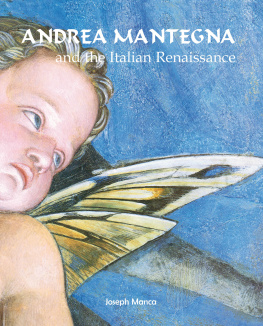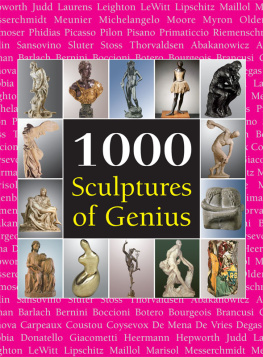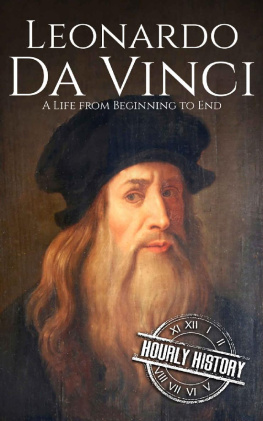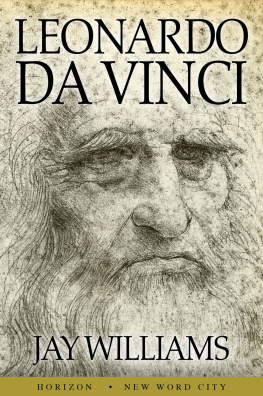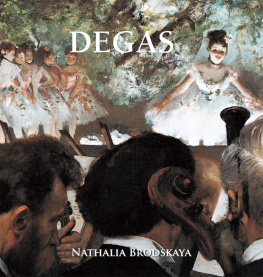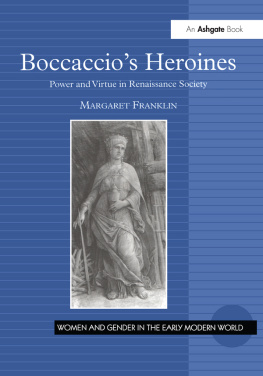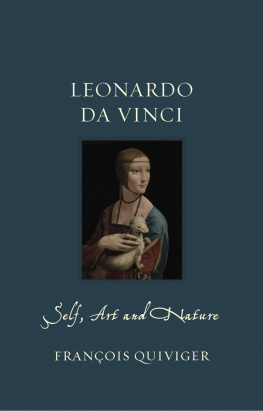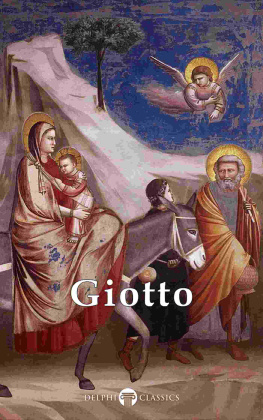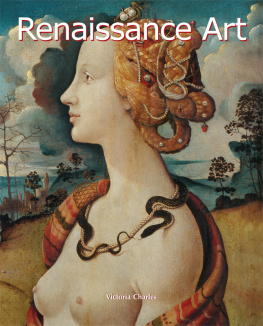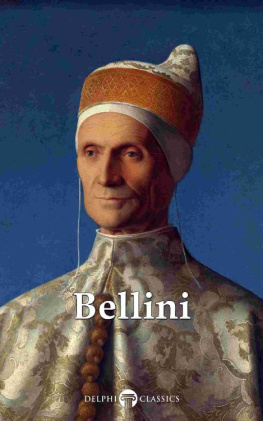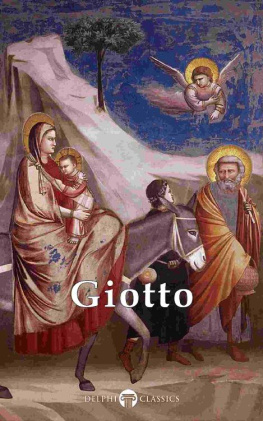Author: Joseph Manca
Layout:
Baseline Co. Ltd.
61A-63A Vo Van Tan Street
4 th Floor
District 3, Ho Chi Minh City
Vietnam
Confidential Concepts, worldwide, USA
Parkstone Press International, New York, USA
ISBN : 978-1-78310-754-4
All media rights reserved worldwide.
Unless otherwise mentioned, all reproductions are the copyright of the photographers. Despite due diligence, we have been unable to identify copyright holders in all cases. Anyone with a claim should contact the publisher.
Joseph Manca
Andrea Mantegna
and the Italian Renaissance

Contents
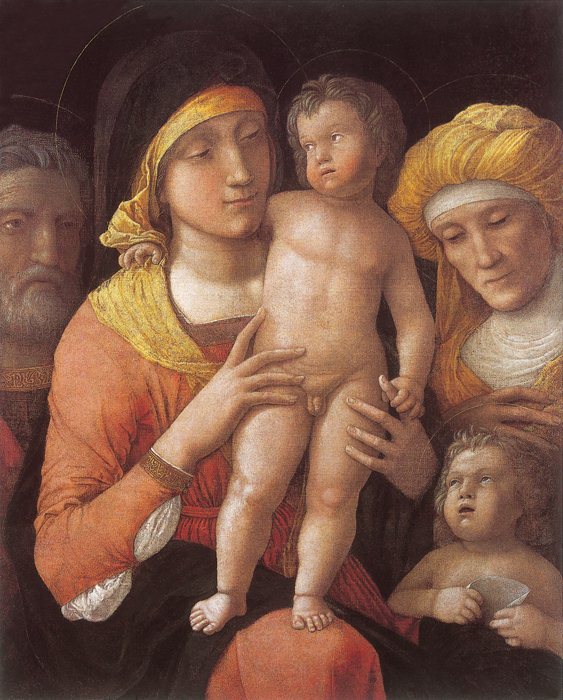
1. The Holy Family with St Elizabeth and the young St John, c. 1485-1488.
Tempera and gold on canvas, 62.9 x 51.3 cm.
Kimbell Art Museum, Fort Worth.
Mantegna as Artistic Revolutionary
The art of Andrea Mantegna (born c.1431, died 1506) has long maintained a broad and deep appeal. From the impressive illusionism of his earliest works (), Mantegnas art remained vivid and heroic, dramatic and emotional. They are also painted in stunning detail: pebbles, blades of grass, veins, and hair are rendered with excruciating care, and he depicted even in his great narrative works the mundane particulars of earthly existence, showing laundry hanging out to dry and buildings fallen into disrepair. He had a deep interest in human nature and issues of moral character. Perhaps most strikingly, Mantegnas pictures are filled with references to classical antiquity. No other painter of the fifteenth century so thoroughly understood and abundantly included in his art the costumes, drapery folds, inscriptions, architecture, subject matter, ethical attitude, and other aspects of ancient classical civilisation. And instead of the cool classicism of later centuries, his vision of Greco-Roman civilisation is lively and has a familiar and nostalgic air about it. For him, antiquity was a near, palpable presence, one which he sought constantly to bring to colourful existence in his pictures. It is this thirst for a vanished classical past that places Mantegna most firmly in the context of his time, as his art was favoured most warmly by Renaissance contemporaries who shared his visionary quest to revive the moral strength and naturalism which marked the art of antiquity.
Mantegna was a leader in the renewal of culture occurring during his time, a movement we call the Renaissance, or rebirth. In the fifteenth century, classical civilisation was a whole universe open to rediscovery. It offered an alternative to the confining, medieval world of scholastic thought and Christian theology. Classicism meant the liberation of the mind and the joys of literary study. The writers and artists of antiquity indulged freely in the delights of the material world, an attitude shared by Mantegna and many of his contemporaries. Renaissance men found spiritual ancestors from centuries past who had similar ideas about virtue and vice, and whose secular sensibility embraced a naturalistic art that was idealised in its formal perfection and its harmonious proportions. Mantegna painted his classical visions for enthusiasts, men and women who were dilettantes in the original sense of the word, delighting in their new discoveries. His life and works contributed to the air of celebration and self-congratulation characterising much of Renaissance culture. Some modern scholars avoid using the word Renaissance and, rather than see the period as being an age of confidence and a glorious rebirth of values, they describe Italian culture from 1400 to 1600 as one of conflicting interests, a hesitant and contradictory world in which the men and women cautiously negotiated their places in society. Period texts, however, reveal a mentality not as tentative and fearful as modern scholarship would have us believe. To be sure, the Renaissance had its political crises and social dislocations. It is important to bear in mind the larger picture: leading patrons, intellectuals, and artists in Italy felt they were living in a period of rebirth, and were forcibly helping to shape a new order of things. In the visual sphere, Renaissance writers about art Lorenzo Ghiberti, Leon Battista Alberti, and Giorgio Vasari, for example were quite clear in seeing the Middle Ages as a dark period, and their own age as one of enlightenment and human improvement. They looked back with admiration towards the achievement of the Greeks and Romans, and called for, not a bland imitation of antiquity, but an embracing of the ideals and values which made ancient societies superior to the cultural decline that followed: reason, an acceptance of natural law, and ethical moderation.

2. The Descent into Limbo, c. 1490.
Tempera on panel, 38.2 x 42.3 cm. Private collection.
The rebirth of the art of painting was one of the major aspects of the Renaissance period. Mantegnas pictures embracing a vivid realism and a learned antiquarianism epitomised the art of the Early Renaissance period perhaps better than the works of any other artist of the fifteenth century. This is an extraordinary claim to make for a painter who was born, trained, and lived in the relatively provincial cities of Padua and Mantua, removed from the flourishing cultural centres of Florence, Venice, and Rome. But somehow Mantegna managed to seize on the avant-garde intellectual ideas of his time and forge a style which set him apart from his contemporaries. His greatest achievement was that he did not accommodate medieval tradition in his art; he fought against it. The older Gothic painters, active in the early fifteenth century, clung to the dreamy, soft, gentle vision we associate with the late medieval world. Moreover, many of the so-called Renaissance painters of the fifteenth century chose not to eradicate this idyllic and elegant tradition. Painters such as Fra Angelico, Alessandro Botticelli, Pietro Perugino, and even Leonardo da Vinci continued to incorporate some of the elegant and decorative aspects of the Gothic manner in their artistry. But Mantegna confronted the medieval style, and he set out already at an early age to destroy an older tradition and create a new one. Soft surfaces and languorous movement gave way to sharp definition and virile action.
Mantegna had other painters in his camp who were revolutionaries, some of whom preceded him. Masaccio, Piero della Francesca, and Andrea del Castagno are among the central Italian artists who first turned to a new tough and monumental style. These painters also reacted against the sweet Gothic manner, and Mantegna was greatly indebted to several older masters for blazing a trail. Yet, Mantegna was more thoroughly engaged than any previous painter of the Quattrocento (1400s) in archaeological study and a conscious revival of Greco-Roman civilisation. The result of this historical attitude made Mantegnas art striking for his contemporaries, as it is for us. Mantegna neglected no detail in his art, and his works are based on intense and enthusiastic study. The young painter from Padua created a manner which epitomised the Early Renaissance, combining a plausible realism and cogent narrative style with a thoughtful attempt to re-create the visual world of antiquity. His special achievement as an antiquarian-painter was recognised by many observers, including Giovanni Santi, the father of the painter Raphael, who said observantly of Mantegna: No man ever took or used the brush or other pencil, who was a clear successor of ancient times, as he is, with such truth.
Next page
